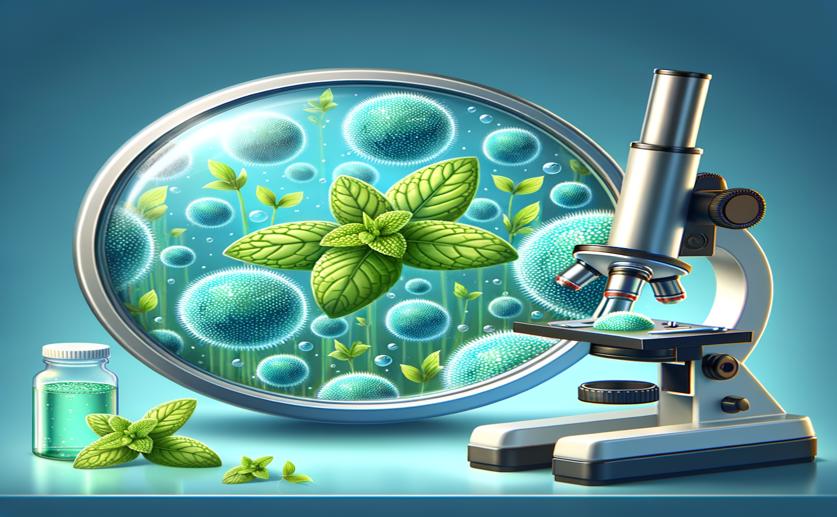
Mint-Infused Nanostructures: A New Way to Eliminate Harmful Microbial Biofilms
Jim Crocker
11th July, 2024

Image Source: Natural Science News, 2024
Key Findings
- Researchers at The Women University Multan, Pakistan, developed eco-friendly silver nanoparticles using Mentha longifolia leaf extract
- These nanoparticles showed strong antibacterial effects against bacteria like E. coli, P. aeruginosa, K. pneumoniae, and S. aureus
- The nanoparticles significantly reduced biofilm formation by up to 87%, making them a promising tool for treating persistent infections
References
Main Study
1) Mentha longifolia assisted nanostructures: An approach to obliterate microbial biofilms.
Published 10th July, 2024
https://doi.org/10.1371/journal.pone.0303521
Related Studies
2) Green synthesis and biomedicinal applications of silver and gold nanoparticles functionalized with methanolic extract of Mentha longifolia.
3) Plant extract mediated synthesis of silver and gold nanoparticles and its antibacterial activity against clinically isolated pathogens.



 15th March, 2024 | Jim Crocker
15th March, 2024 | Jim Crocker